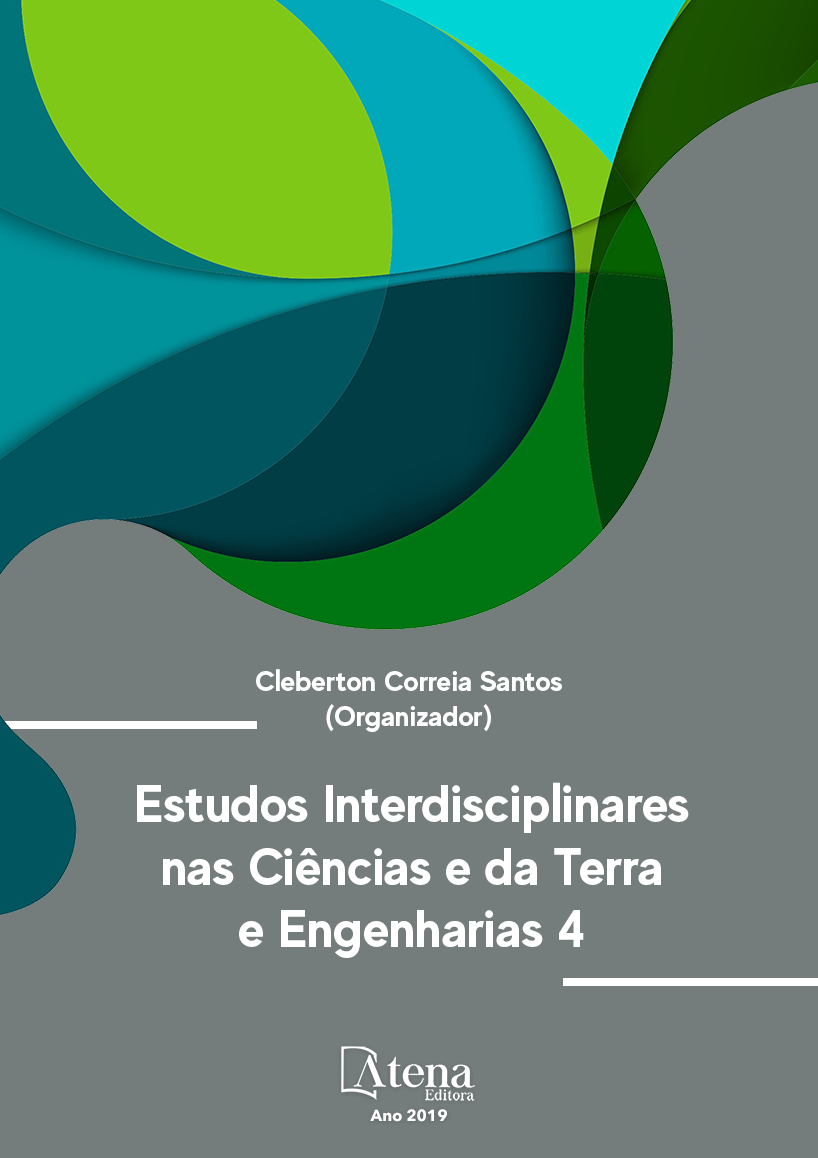
REGRESSÃO POLINOMIAL E REDES NEURAIS ARTIFICIAIS NA AVALIAÇÃO DE IMÓVEIS
A NBR 14.653-2 prevê o uso de
diferentes metodologias para avaliação de
um imóvel. Dentre elas, destaca-se o uso de
regressão linear e, alternativamente, o uso
de redes neurais artificias. A regressão linear
é um método científico bastante difundido
entre os engenheiros avaliadores, enquanto a
utilização de redes neurais apresenta aplicação
limitada, pois, apesar do seu desempenho
extraordinário, ainda não está completamente
explícito o que ocorre durante a aprendizagem
de uma rede neural e porque elas funcionam.
Uma alternativa aos modelos de redes neurais
artificiais é a modelagem através de regressão
polinomial, que nada mais é que um modelo de
regressão linear em que são adicionados os
termos quadráticos, cúbicos etc, assim como os
termos de todas as possíveis interações entre
as variáveis. Nesse estudo procura-se fazer
um comparativo acerca da precisão obtida por
modelos de regressão polinomial e por redes
neurais artificiais em dados imobiliários. Essa
precisão é aferida através do cálculo da raiz
do erro médio quadrático - RMSE para as duas
modelagens. Os resultados obtidos convergem
para aqueles obtidos por Matloff et al. (2018)
em seu artigo “polynomial regression as an
alternative to neural nets”, que pondera que
as redes neurais artificiais, quando utilizadas
funções de ativação lineares, são modelos
de regressão polinomial em que o grau do
polinômio aumenta a medida que aumenta o
número de camadas ocultas da rede neural.
Constatou-se, ainda, que o RMSE da regressão
polinomial foi menor e com menor dispersão
que o da respectiva rede neural artificial.
REGRESSÃO POLINOMIAL E REDES NEURAIS ARTIFICIAIS NA AVALIAÇÃO DE IMÓVEIS
-
DOI: 10.22533/at.ed.22519110933
-
Palavras-chave: Regressão Polinomial, Redes Neurais, Imóveis.
-
Keywords: Polynomial Regression, Neural Networks, Real Estate.
-
Abstract:
NBR 14.653-2 provides the use
of different approaches to evaluate a property.
Among them, the use of linear regression
appears as an important one and, alternatively,
the use of artificial neural networks. Linear
regression is a widely used scientific approach
among evaluation engineers, while the use of neural networks has limited application,
because despite its extraordinary performance, it is not fully understood what happens
during the learning of a neural network yet, and why they work. An alternative to artificial
neural network models is polynomial regression modeling, which is nothing more than
a linear regression model in which quadratic, cubic, and other terms are added, as
well as the terms of all possible interactions between the variables. In this study we try
to compare the precision obtained by polynomial regression models and by artificial
neural networks in real estate data. This precision is measured by calculating the rootmean-
square error - RMSE for the two models. The results obtained converge to those
obtained by Matloff et al. (2018) in his article “polynomial regression as an alternative to
neural nets”, which argues that artificial neural networks, when using linear activation
functions, are nothing more than polynomial regression models in which the degree of
the polynomial increases the measure which increases the number of hidden layers of
the neural network. It was also observed that the RMSE of the polynomial regression
was smaller and with less dispersion than the respective artificial neural network.
-
Número de páginas: 15
- Luiz Fernando Palin Droubi
- Norberto Hochheim
- CARLOS AUGUSTO ZILLI


